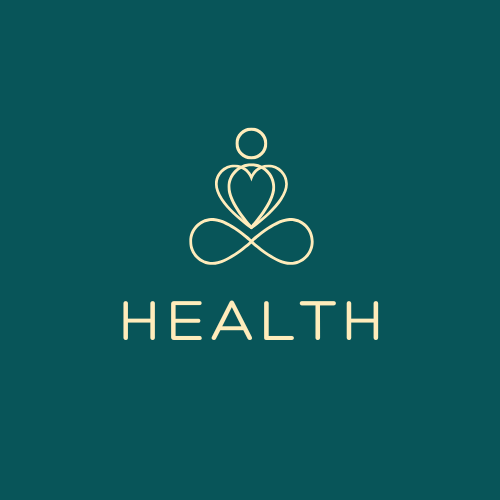The American Food and Drug Administration banned the dye known as Red 3 of the country’s food supply in January, and has placed final dates for a bright additive of candy, cough drink, baked goods and frozen treatments.
The agency said it was taking the action because studies found that the dye, also known as erythrosin, caused mice cancer in the laboratory. The federal statute of the Food and Drug Administration requires a ban on any added additive to cause cancer in animals, although officials have confirmed that the way RED 3 leads to cancer in mice does not happen in people.
But the dye is only one of several artificial colors that exist widely in common foods and other products.
Since their use is interrogated by experts and consumers, here is what you need to know:
What are the artificial colors?
Synthetic dyes are oil -dependent chemicals that do not occur in nature. It is widely used in foods to “enhance visual gravity” for products, according to the Sensient Food colors, a resource based in St. Louis for food and flavors colors.
Nine dyes, including Red 3, were allowed in American food. Other common color additions in food are blue 1, blue 2, green 3, red 40, yellow 5 and yellow 6. The permitted colors are rarely used: Red 2 and Orange B.
The Food and Drug Administration approves artificial color additions and regulates their use.
With the last FDA request on Red 3, with manufacturers until January 2027 to remove the dye from its products. Sleeping drug makers, such as cough syrup, have until January 2028.
Who is anxious about these dyes and why?
Consumers defenders, including the science center in the public interest, have long been pressing the RED 3 -food ban due to the mice cancer link. The dye has been banned for decades in cosmetics, but not in the food or medications that are taken.
Other research has linked artificial colors to behavioral problems in some children, including hyperactivity and impulsivity, especially for those at risk of hyperactivity disorder in attention deficit, hyperactivity disorder and lack of attention.
Dr. Eugene Arnold, a professor of honorary psychiatry at Ohio State University who studied dyes and their effect on behavior, “Artificial colors are not the main cause of ADHD, but they may contribute significantly in some cases.” A support set for people with hyperactivity and attention disorder.
The FDA (FDA) says it has reviewed and evaluates the effects of color added on children’s behavior. She says that her scientists believe that most children do not suffer from any harmful effects when consumed, although he admits that some children may be sensitive to them.
About two thirds of Americans prefer to restrict or reformulate processed foods to remove ingredients such as additive or dyes, according to the latest AP-NORC poll.
Will other colors be blocked?
The momentum is a building to remove artificial dyes in foods.
Last year, California became the first state to prevent six artificial food dyes of food that is served in public schools. More than ten legislative bodies of the state may take this year’s bills that prohibit artificial dyes in foods, either for school lunch or anywhere. In October, the demonstrators from WK Kellogg demanded the removal of artificial dyes from grains such as Jacks Apple and Froot Loops.
Robert F. Kennedy Junior, who recently affirmed in his capacity as US Secretary of Health and Humanitarian Services, a campaign against “making America healthy again”, including focusing on artificial dyes and other chemicals in food. His support has been supported by “Maha Moms” and women on social media, and called for ending artificial components and super treatment in American food supplies, among other concerns.
Kennedy said during his confirmation session: “I was called for the conspiracy theorists because I said that the red dye caused cancer,” Kennedy said during his confirmation session. “Now, the Food and Drug Administration has admitted and prohibited it.”
What about natural colors?
It is possible to add a color to foods with natural ingredients. Some manufacturers have already reformulated the products to remove Red 3. In place, they use beet juice; Carmin, a tincture made of insects; Or dyes of foods such as sweet purple potatoes, radish and red cabbage.
Megan Stefor, the spokesperson for the sensory, said it is difficult. Natural dyes may be less stable than artificial dyes and may be affected by factors, including heat and acid levels.
She said, “It is not impossible to replace it, but there is no single solution.”
How can you avoid artificial dyes?
Since the dyes are widely used, it may be difficult to find foods that do not contain colored additives.
Arnold said that the best to avoid dyes is to read ingredients.
He said: “If the list is so long that you do not want to take care of reading it and may have things that you cannot pronounce, do not buy them.”
